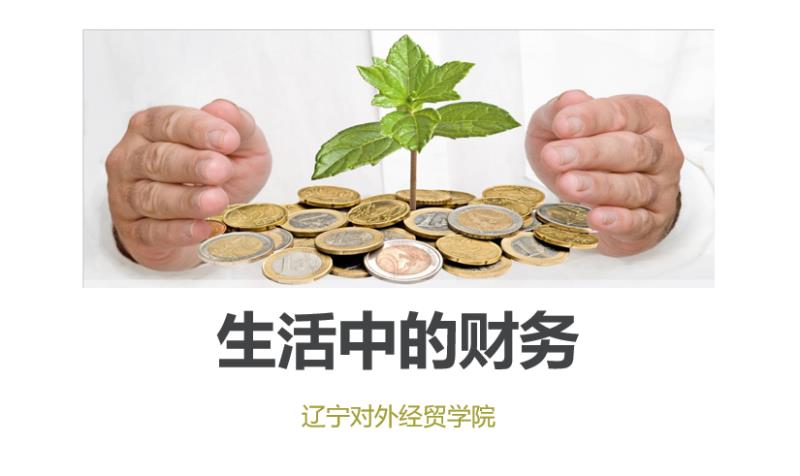
当前课程知识点:英语口译 > 第八章 视译 > 视译练习材料 > 视译练习材料2
May Kitchen God give a good report
(chinadaily.com.cn) Updated: 2020-01-17
Little New Year falls on Jan 17 this year.
Little New Year (Chinese: Xiaonian), usually a week before the lunar New Year, falls on Jan 17 this year. It is also known as the Festival of the Kitchen God, the deity who oversees the moral character of each household.
Here are six things you should know about the Little New Year, another sign of the start of spring.
Offer sacrifices to Kitchen God
In one of the most distinctive traditions of the Little New Year is the burning of a paper image of the Kitchen God, dispatching the god's spirit to Heaven to report on the family's conduct over the past year. The Kitchen God is then welcomed back by to the home through the pasting of a new paper image of him beside the stove. From this vantage point, the Kitchen God will oversee and protect the household for another year.
The offerings to the Kitchen God include pig's head, fish, sweet bean paste, melons, fruit, boiled dumplings, barley sugar, and Guandong candy.
House cleaning
Between Laba Festival, on the eighth day of the last lunar month, and Little New Year, on the twenty-third day, families throughout China undertake a thorough house cleaning, sweeping out the old in preparation for the New Year.
Eat Guandong candy
Guandong candy, a sticky treat made out of glutinous millet and sprouted wheat, is a traditional snack that Chinese people eat on the Festival of the Kitchen God.
Paste paper-cuts to windows
In the Little New Year, old couplets and paper-cuts from the previous Spring Festival are taken down, and new window decorations, New Year's posters, and auspicious decorations are pasted up.
Bath and hair-cut
As the old Chinese saying goes, whether they're rich or poor, people often have a haircut before the Spring Festival. The activity of taking bath and haircut is often taken on the Little New Year.
-1.1 翻译定义、口译定义
-1.2 口译特征、质量标准、过程
-1.3 口译类型、口译模式
-1.4 译员要求、口译培训
-第一章 口译概述--第一章测验
-2.1 语言准备
--2.1 语言准备
-2.2 知识准备
--2.2 知识准备
-2.3 心理准备
--2.3 心理准备
-第二章 口译准备--第二章测验
-3.1 听辨语音信息
-3.2 辨识主题思想
-3.3 推理语义信息
-第三章 口译听辨与理解--第三章测验
-4.1 记忆理论概述
-4.2 口译记忆训练方法
-第四章 口译记忆--第四章测验
-5.1 口译笔记相关知识
-5.2 怎样记口译笔记
-5.3 口译笔记演示
--html
-第五章: 口译笔记--第五章测验
-6.1 点线记录法
-6.2 小数点记录法
-6.3 缩略法、表格法
--html
-6.4 倍数的口译
--html
--html
-6.5 约数的口译
--html
-第六章 数字口译--第六章测验
-7.1 口译表达的内容(上)
--html
-7.2 口译表达的内容(下)
-7.3 口译表达的形式(上)
-7.4 口译表达的形式(下)
--html
--html
-第七章 口译表达--第七章测验
-8.1 视译的定义
-8.2 视译的基本原则(1)
-8.3 视译的基本原则(2)
-视译练习材料
--视译练习材料1
--视译练习材料2
-第八章 视译--第八章测验
-期末测试题









